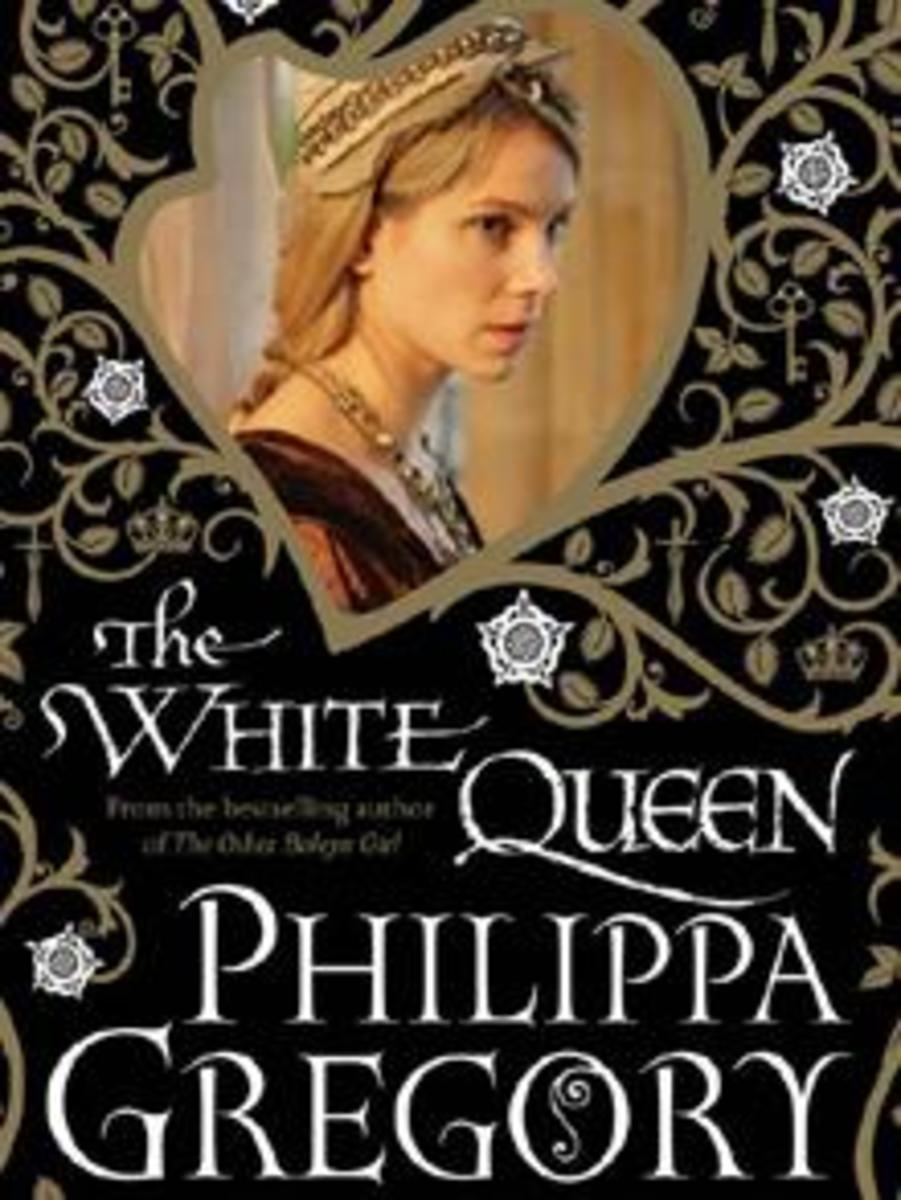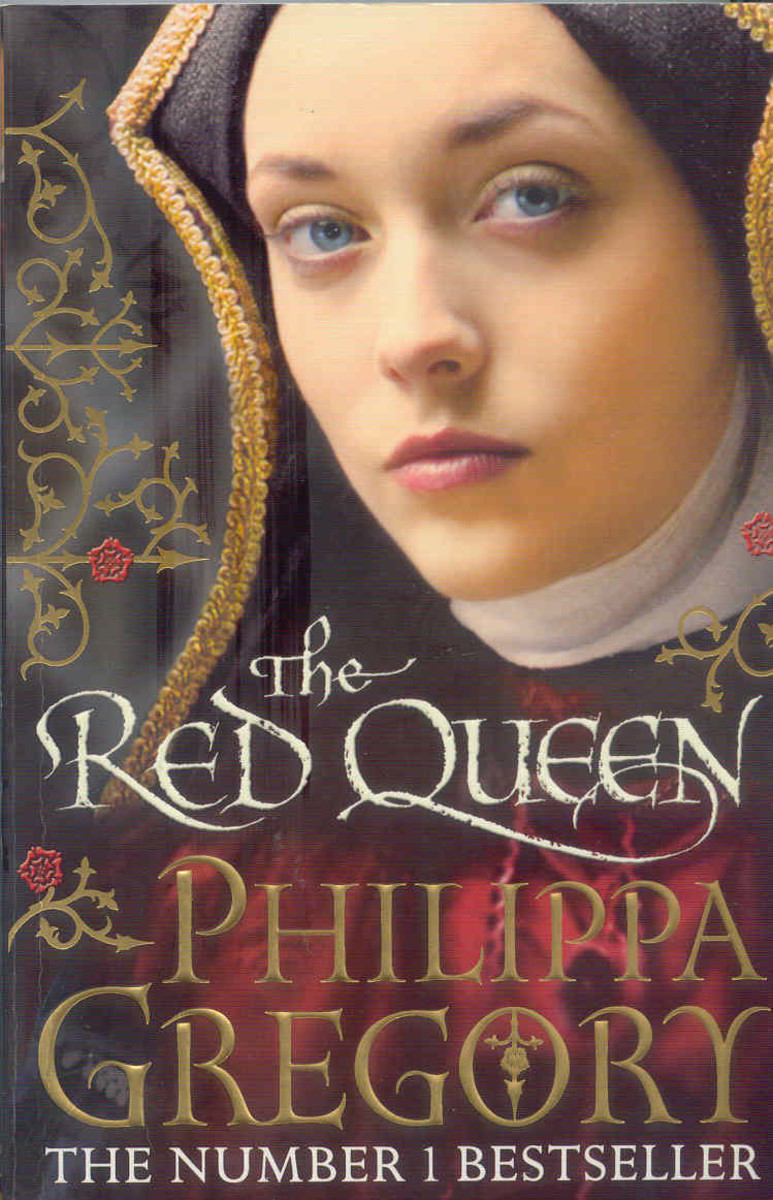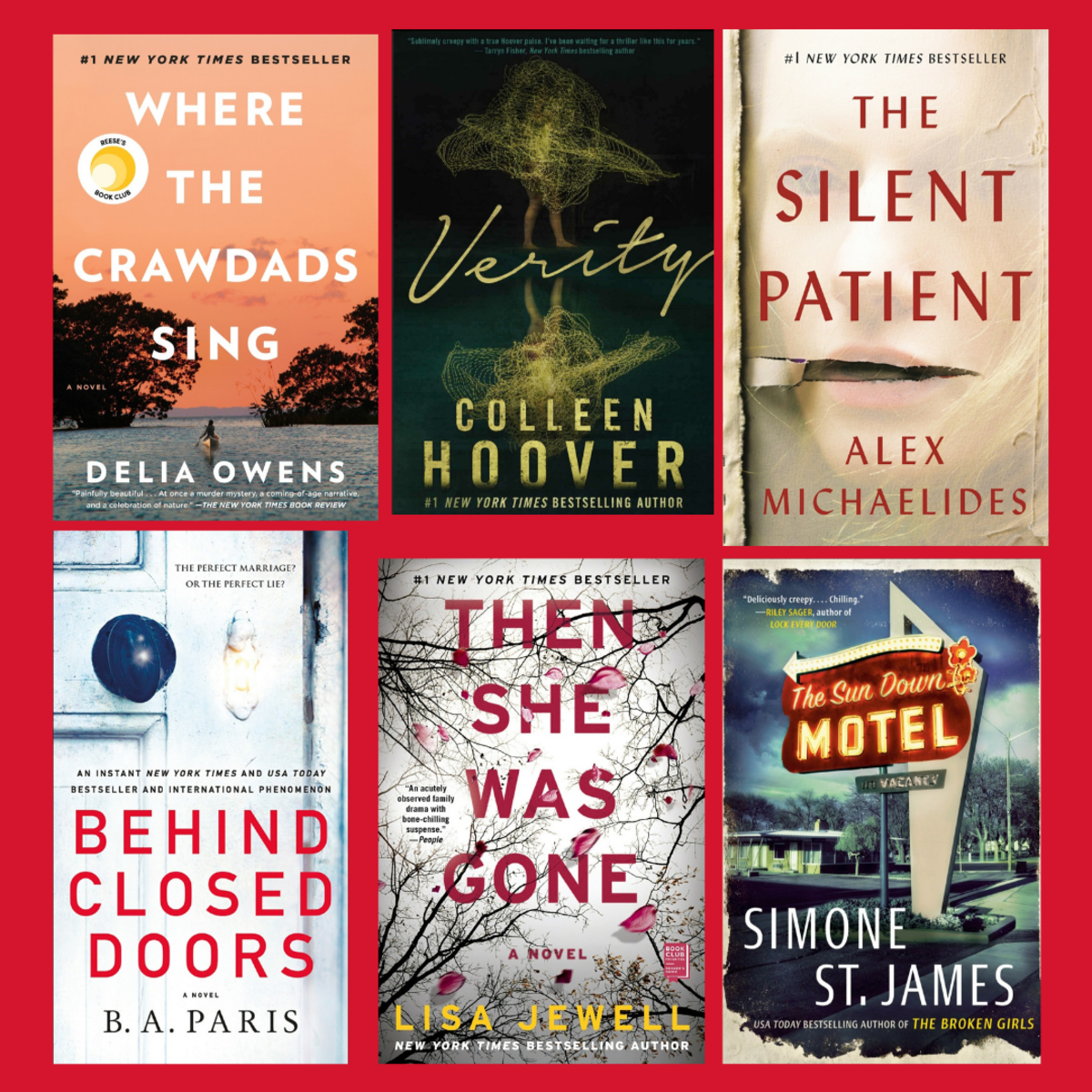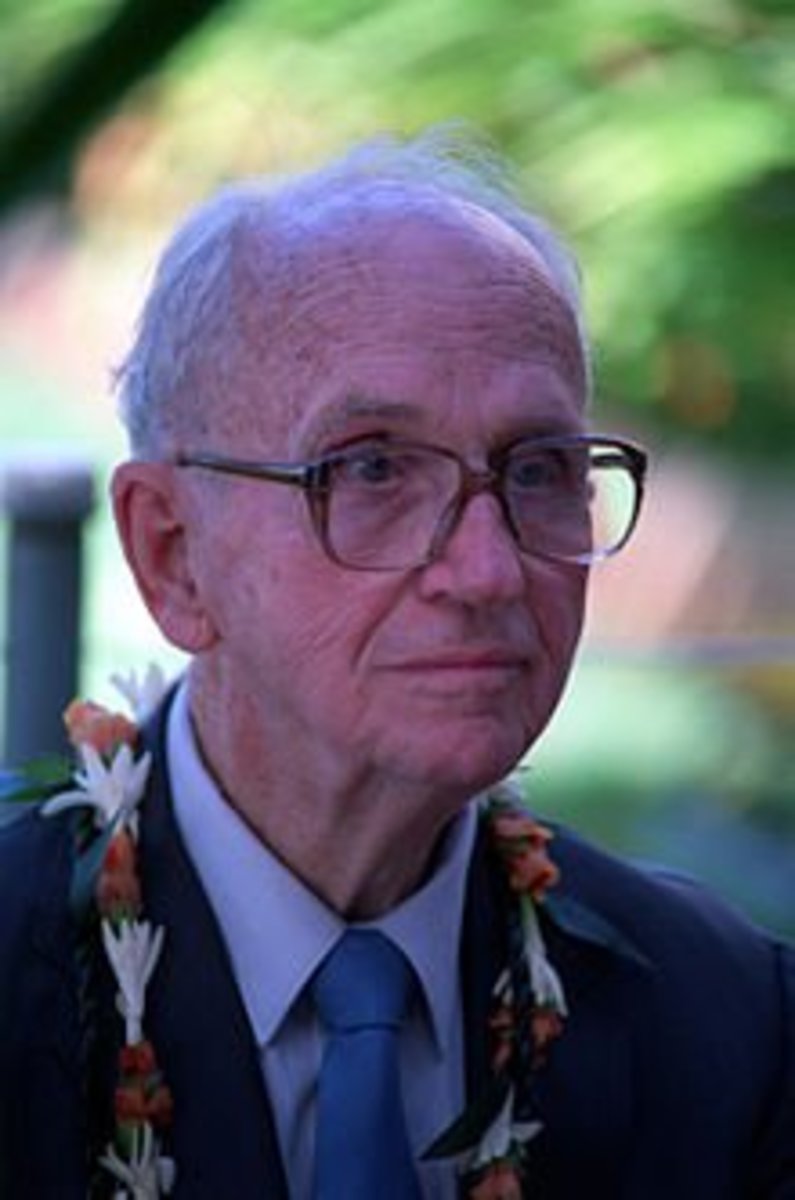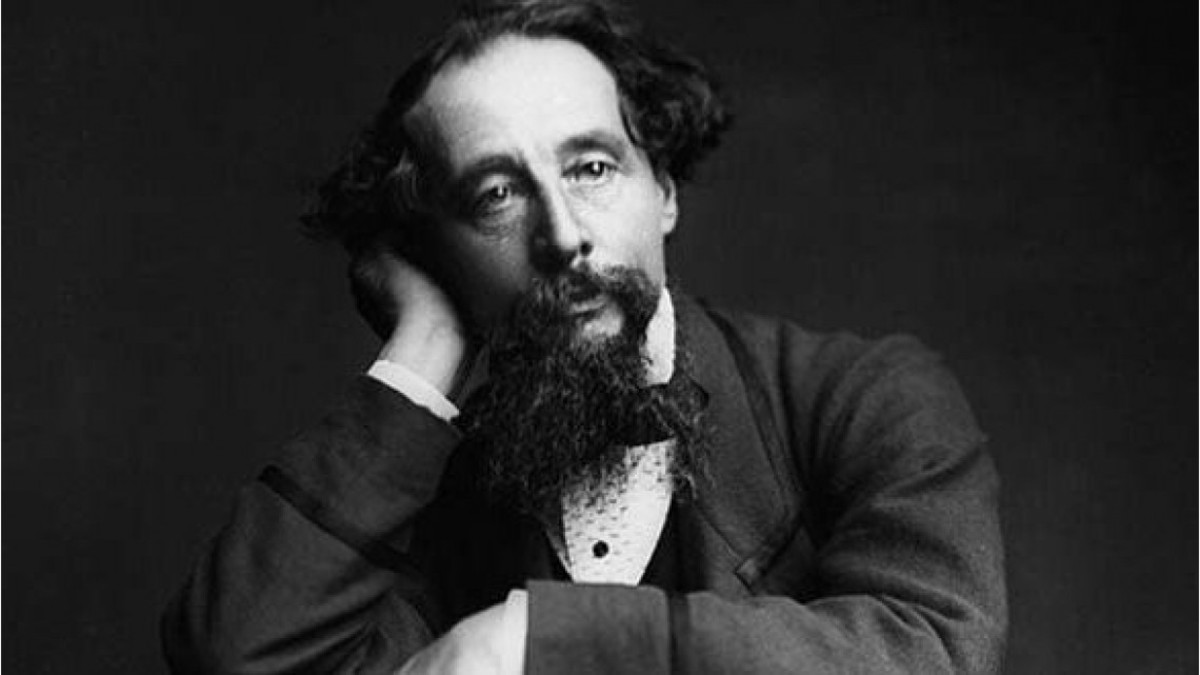- HubPages»
- Books, Literature, and Writing»
- Books & Novels»
- Bestsellers
Philippa Gregory Makes History Entertaining
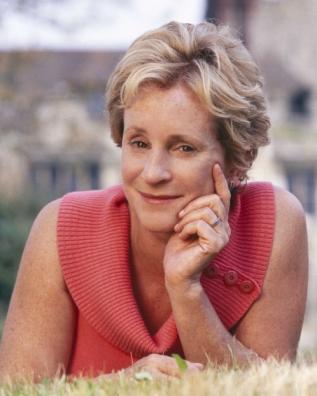
I have to assume it is Phillipa Gregory's own choice that only one of her books has been made into a feature motion picture. Each one of them is a story worth telling and would draw a serious audience to the big screen.
"The Other Bolyen Girl" - the book that was made into the movie that attracted the talents of no less than Natalie Portman (The Black Swan), Scarlett Johansson (The Avengers), and Eric Bana (The Time Traveler's Wife), was the first of Gregory's books I ever read. I was on a twelve-day cruise and - even though I thoroughly enjoyed the cruise - I managed to get through it - twice. I just liked the way she told an intriguing story while I was unintentionally learning something about the history of England and its monarchy. That trait has held true through the other dozen or so of her books I've read - most of them more than once. An unexpected bonus of writing this hub has been discovering several Gregory books I've missed along the way. For me that's better than a pay-out from HubPages any day.
"This has to be one of my favourite books of all time for it is the one that made my name, was adapted by the BBC and Hollywood (2008), and established the style that has come to be my 'signature' style: the first person view of history from a lesser known, or perhaps unknown historical character," wrote Gregory about her breakout novel, the first of the many she has since written about the characters who make up the British monarchy.
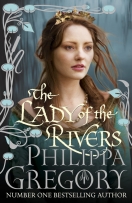
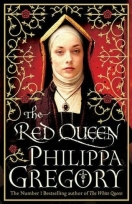
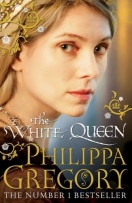
Gregory's Oldest Book Historically
By historical chronology, "The Women of the Cousins' War: The Duchess, the Queen, and the King's Mother" is the Gregory book going back the farthest in time. The Cousins' War is more commonly known as the War of the Roses or the Hundred Year War when the Lancaster and York branches of the royal family tree turned on each other and left only one cousin standing, Henry Tudor or Henry VII. This work is her only effort at writing specific history, and she did so with the assistance of two other historians, David Baldwin and Michael Jones. But it wasn't written and published until 2011 in an effort to satisfy the curiosity of her readers about three women revealed in her earlier books for whom there was virtually no documented biographical information. Those three women were Jacquetta, Duchess of Bedford (The Lady of the Rivers), Margaret Beaufort (The Red Queen), and Elizabeth Woodville (The White Queen).
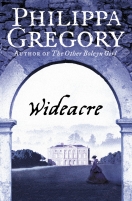
Her First Effort
Gregory wrote her first book, "Wideacre", in 1987 as she was completing her PhD in 18th century history and literature at the University of Edinburgh. The novel is set in the second part of the eighteenth century during the time of the British Parliament's enclosure acts. These laws' removed the rights of local people to graze stock, cut wood or peat, draw water or grow crops on common land.
Written by hand in an old ruled notebook, she confidently inscribed the front with these words, 'Philippa Gregory - Best Selling Novel'. And it was. It sold world-wide in a bidding war, and Gregory decided to make her way in the world as a fulltime writer.
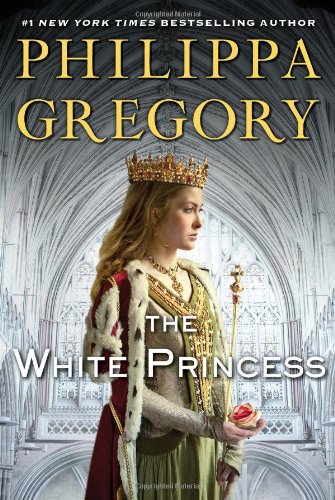
Gregory's Latest Book
The average person would have a limited appetite for British history. But Gregory has had no less than ten best-sellers based on the six monarchs between King Henry VI and Queen Elizabeth I. Her latest is "The White Princess" based on the life of Elizabeth of York, the daughter of King Edward IV, the sister of the two lost "Princes in the Tower, the suspected lover of King Richard III, and the eventual wife of Henry VII whose crowning ended the Cousins' War. By the way, she was also the mother of arguably England's most notorious King, Henry VIII. Gregory seems to have come full circle.

So What Has Gregory Done For History?
How often have you heard history described as the lifeless recitation of meaningless dates, facts as written by the victors of wars, and boring debates by no one other than academics? What Gregory has done for history is cautiously to protect the facts that can be documented and generously to fill in the gaps between them with her vivid, and often sensual, imagination and her considerable story-telling talents. People stand in line for her books to hit the shelves. That's not bad for a doctor of history.
Read these books in chronological order or start smack in the middle, as I did, and see how successful you are at keeping the historical figures in the right order. Maybe if she chose to have more of her novels made into movies, we'd have an easier time with history.

